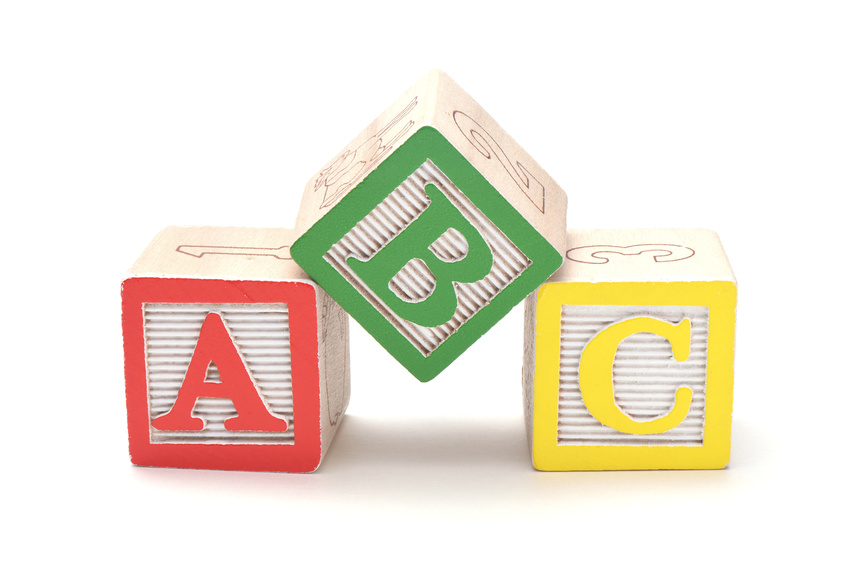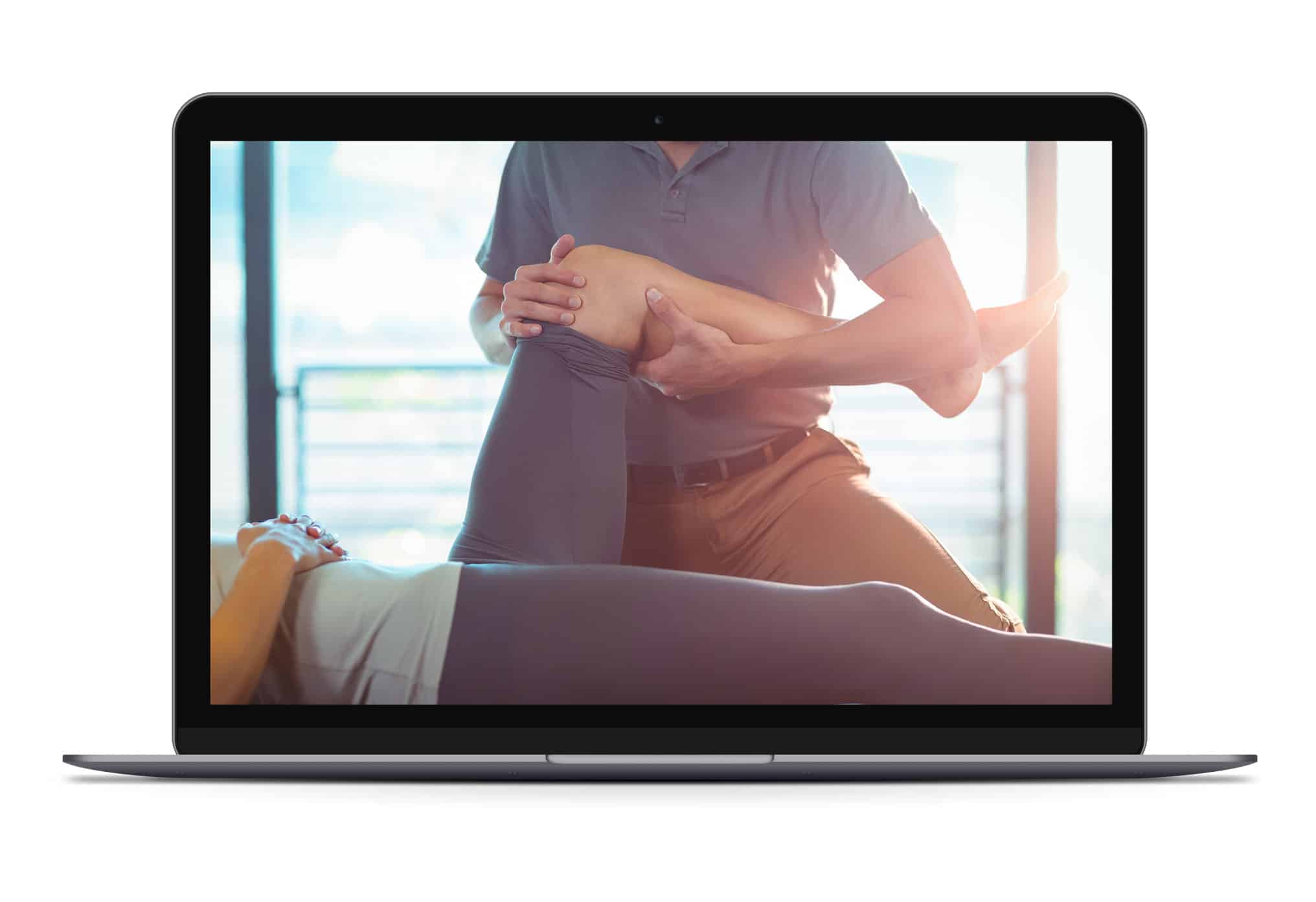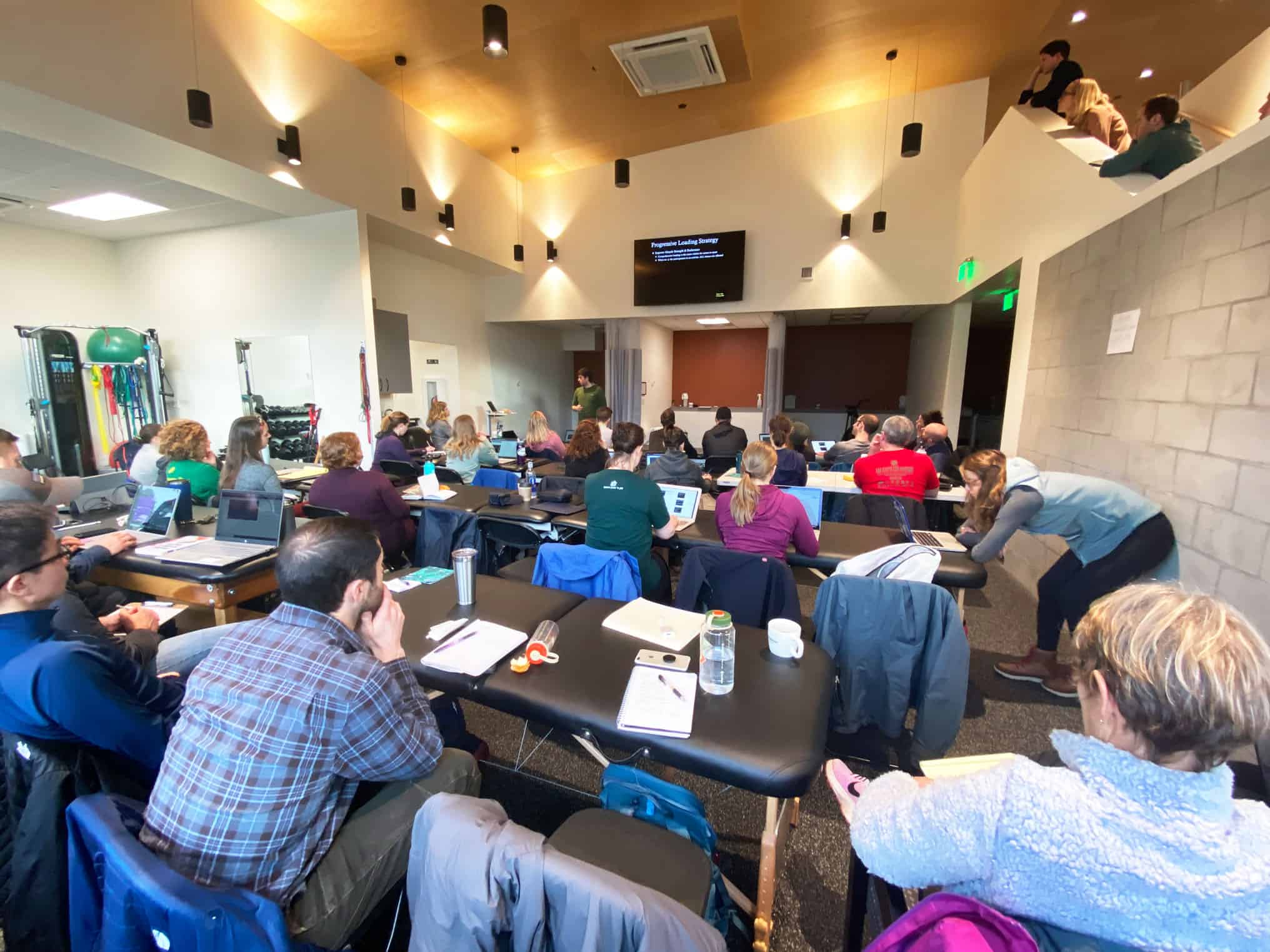
“Running has a specific and predictable set of performance demands, which your training should reflect and prepare you for.”
Toe Dexterity Training
Are you able to lift your big toe up in isolation? How about the lesser toes? Are you able to splay your toes? If you are unable to do so, don’t worry as you are not alone. One of the many mantras that I frequently recite to runners seeking my services is “toes like suction cups” as opposed to clawing or hammering. While most folks rarely stop to consider whether or not they possess adequate toe dexterity, this is an ability worth mastering especially if you are runner. By owning your toe dexterity you will be able to essentially pre-tune the tissues of your foot in preparation for the shock of impact when your foot contacts the ground.
marching medball matrix


